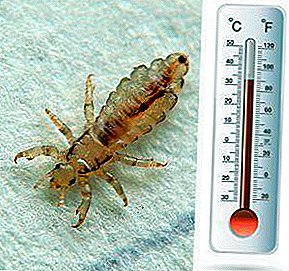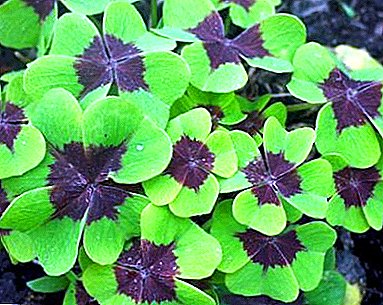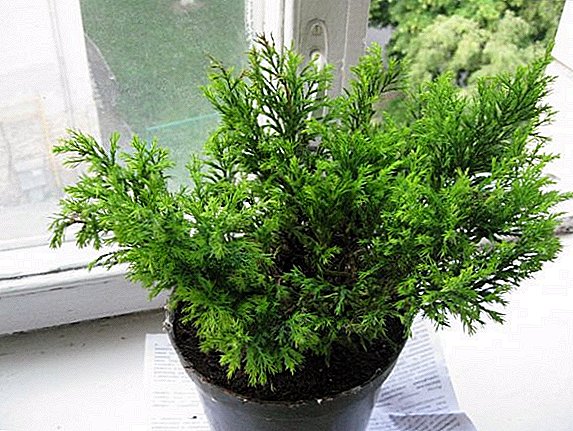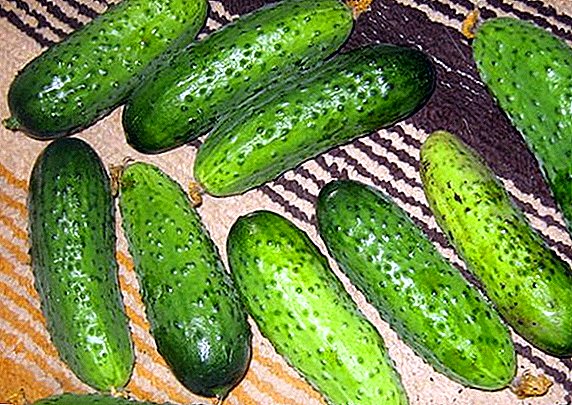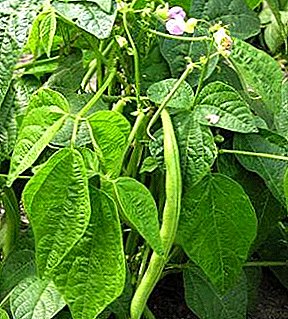
Garden hibiscus can have the vital form of both a tree and a shrub or even a grassy plant. He can please the owner with his beautiful flowers for a long time, especially with proper care.
This article describes how to properly care for garden hibiscus using pruning and when it is better to remove shoots - in the spring or at other times of the year, and why it is done. Also in the article we will examine the subsequent care after pruning, and also find out what to do if the plant disappears.
Why do I need to delete branches?
- As a rule, the plant is most often pruned to give a special shape to its crown and get rid of weak or diseased shoots.
- Sometimes only old shoots grow and almost no new ones appear, in such cases the plant is also worth cutting. Removing old branches has a rejuvenating effect on hibiscus.
- A sick or dying tree is pruned to prolong its life.
- Pruning doesn’t hurt a healthy bush either: there will be more branches on it, which means more flowers, because flowers are formed only on young twigs.
- Sometimes it is necessary to cut the roots if the flower does not already fit in the pot (in this case, special care is needed).
What will happen without removing the shoots?
Curved and weak branches will grow, which will drop flowers. Shoots also begin to deform and become short or curved. Samih flowers appear less. Hibiscus will be much less aesthetic without a decorated crown, shoots grow chaotically, and there are practically no new ones.
If you do not remove excess roots in time, hibiscus will not be able to fit in a pot.
When and how often is required?
It is best to cut each year in the spring (so that fresh shoots appear) and autumn (for the growth of lateral shoots) time. Most often pruned in the spring, as this leads to the formation of new shoots, and only they can appear flowers. It is not recommended to cut in summer, otherwise flowers may never appear. In winter, it is also impossible to delete branches, otherwise it may slow down the growth of a flower in spring.
Correct pruning
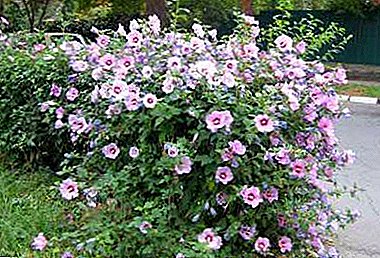 First you need to take good tools. It would not be superfluous to treat them with a disinfectant to avoid infection. You will need:
First you need to take good tools. It would not be superfluous to treat them with a disinfectant to avoid infection. You will need:- gardening scissors;
- well sharpened knife;
- delimber;
- a hand saw (if the shoots are old and cannot be cut with another tool);
- You can use ordinary scissors or a sharp knife.
- The cuts should be one quarter of an inch above the knot; the angle should be 45 degrees up. It is best to remove branches parallel to the main one.
- When pruning is not worth cutting more than two-thirds of the branches, it will only damage the plant and weaken it.
- Then you can do pinching young shoots - tie the central shoot to the support, and cut the side shoots, leaving between three and five leaves.
Aftercare
After pruning you need to start feeding the plant with nitrogen and phosphate fertilizers., it will help him gain strength for the cultivation of new shoots and flowers. The rest of the care is no different from everyday.
What to do if the plant disappears?
If, after too intensive removal of the shoots, the plant begins to die, it is still possible to save it. It is necessary to fertilize the earth more with nitrogen and phosphate fertilizers in order for the flower to gain nutrients and grow more intensively. In no case can not be cut again! Watering should also be slightly increased.
If you want to achieve the desired shape of the crown and intensive flowering, pruning is necessary. The most important thing is not to carry it out too often and not to cut more than two-thirds of the shoots, otherwise you can harm the plant or even destroy it. Under all conditions, hibiscus will surely please you with lush green foliage and numerous bright and beautiful flowers.


 First you need to take good tools. It would not be superfluous to treat them with a disinfectant to avoid infection. You will need:
First you need to take good tools. It would not be superfluous to treat them with a disinfectant to avoid infection. You will need: